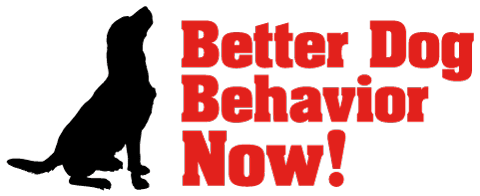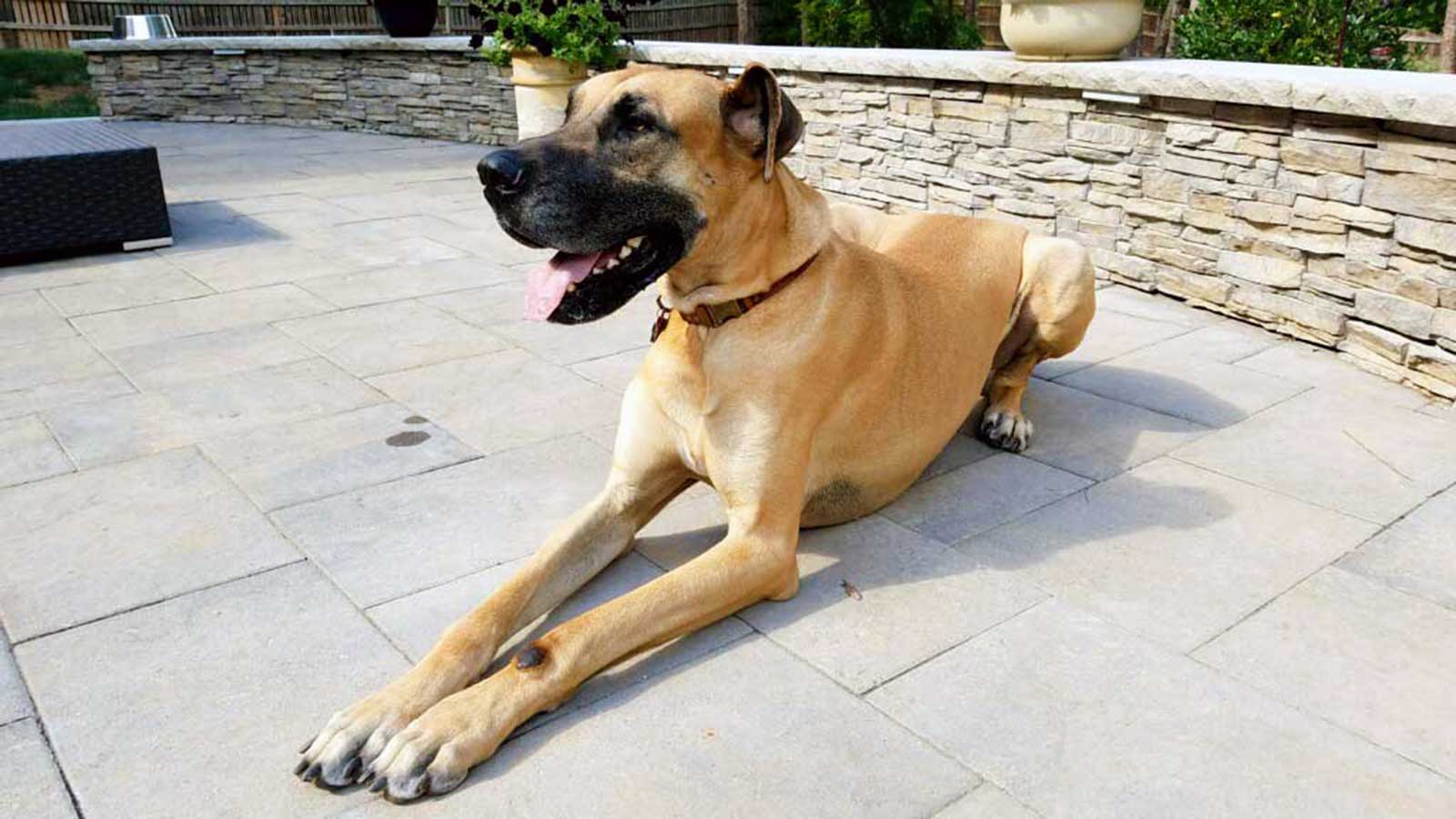Our Dog Obedience Training Works Richmond VA
A dog that doesn’t obey is a pain to deal with. Obedience is the key to living a wonderful life with your dog. We will teach your dog. Then we teach you how to teach your dog.
Most owners don’t want an Obedience champion. But a dog should know Sit, Down, Stay, Come and what I call the Polite Walk.
Nowadays having a dog that walks off-leash is all the rage. And we will teach your dog to do that. But understand that there are leash laws in almost every community. You won’t use off-leash walking in everyday life often. But it’s nice to know that your dog can do it!
Performing Obedience is a wonderful job for your dog. And most dogs behave better when they have a job. It gives structure and is useful for helping solve Behavior Problems. But you don’t need an Obedience champion to benefit. Simple Obedience exercises performed daily will do for “gainful employment!”.
Working with you, we will teach your dog how to Sit, Down, Stay, Come, and the Polite Walk. You will know how to get those behaviors out of your dog. When you know how to do that, then life with your dog is pleasant and easy!
Sit
“Sit” is one of the two the most basic commands. And the easiest. You should be able to get your dog to “Sit” in any environment.
Down
Nowadays it’s stylish to teach a dog the “Place” command. This “place” is usually a dog bed. Or a spot in your home. It’s a designated place that your dog will do a long “Down.” In reality, your dog should “Down” anywhere you tell her to. Whether that be on a dog bed or on the floor in the mall!
Stay
“Stay” means “wait right where you are.” It can be standing, sitting or in a down. Besides order and discipline, “Stay” keeps your dog safe!
Come
“Come” is the other most basic command. Your dog should come to you when you call her. When a dog won’t come when called, it could be because she doesn’t know what “Come!” means. Or she doesn’t feel the need to obey. Which means you don’t have leadership.
Heel and Polite Walk
Heeling in an Obedience Routine is more than a Polite Walk. What’s known as a Competition Heel is beautiful and precise. And much more than what you need from your dog in everyday life. Training your dog to Heel is beneficial because it teaches the basic skills of the Polite Walk.
The Polite Walk is one of the bridge builders to solving so many behavior problems. It reminds me of the story of the Australian Shepherd who liked to bite.
I met them in neutral territory so see how he would react away from his home. I could get no closer than 30 yards before he started dominant behavior. Ears and body up and alert and kicking up grass with his back paws. She said this was normal and he would get worse if I got any closer.
I asked her to start walking with him. In ten seconds I asked her to stop.
“I can see half of your problem right now. You are not walking your dog. He’s walking you!”
I taught her The Polite Walk. After learning it and using it with her dog, I was able to walk side-by-side with them. I closed the distance to within 5 feet and her dog was fine. No dominance and no threats. When we ended he startled her by approaching me and licking my hand.
This wasn’t the complete solving of the problem but the Polite Walk was the bridge builder to the rest of the plan!

